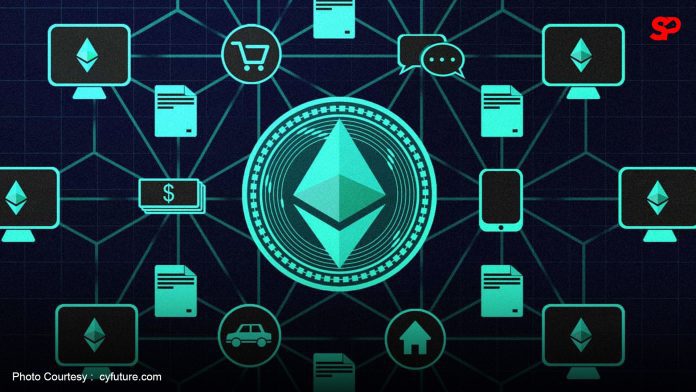By Jose Guillermo – Sunday Punch
The realm of digital finance is undergoing a significant transformation, and I’m witnessing this firsthand with the rise of Decentralized Applications (DApps), Decentralized Exchanges (DEXs), and Centralized Exchanges (CEXs).
Each of these technologies plays a unique role in how we engage with digital assets, offering various benefits while also presenting their own set of challenges.
Decentralized Applications (DApps)
DApps, or Decentralized Applications, are software applications that operate on a blockchain network or decentralized peer-to-peer network. Unlike traditional apps that rely on centralized servers, DApps take advantage of blockchain’s decentralized architecture to deliver increased transparency, better security, and resistance to censorship.
I’ve seen DApps built on blockchain platforms like Ethereum, Binance Smart Chain, and Solana. They rely on smart contracts—self-executing pieces of code with the terms of an agreement embedded within—to automate and enforce transactions. This reduces the need for intermediaries, which lowers costs and boosts efficiency. DApps are already covering a wide range of use cases, from decentralized finance (DeFi) to gaming, social media, and online marketplaces.
What excites me most about DApps is their resistance to censorship, improved security from decentralized data storage, and the possibility of greater privacy. But they’re not without their issues. Scalability and user experience challenges, along with the relative immaturity of some underlying technologies, still affect their effectiveness and wider adoption.
Decentralized Exchanges (DEXs)
Decentralized Exchanges (DEXs) are another exciting development. They allow people to trade cryptocurrencies and digital assets directly on the blockchain. Unlike Centralized Exchanges (CEXs), DEXs don’t act as intermediaries between buyers and sellers. Instead, they empower users to trade directly with one another.
DEXs use mechanisms like Automated Market Makers (AMMs) and liquidity pools to enable trading. Users can contribute their assets to these pools and earn rewards, while traders enjoy constant market access without the need for traditional order books. Platforms like Uniswap, SushiSwap, and PancakeSwap highlight this approach, giving users more control over their funds and lowering the risk of hacking, as assets remain in personal wallets rather than with a centralized entity.
However, as appealing as DEXs are in terms of security and independence, they do have challenges. Lower liquidity compared to CEXs, potential vulnerabilities in smart contracts, and the technical knowledge required to navigate these platforms can be significant hurdles.
Centralized Exchanges (CEXs)
Centralized Exchanges (CEXs) are what most people are familiar with when it comes to cryptocurrency trading. They act as intermediaries, facilitating transactions between buyers and sellers. Major players in this space include Binance, Coinbase, and Kraken.
CEXs have their advantages. They provide high liquidity, user-friendly interfaces, and a wide variety of trading options, including fiat-to-crypto transactions. They often offer additional services like margin trading, staking, and lending, making them attractive to both retail and institutional investors. Additionally, CEXs usually provide customer support and security measures like insurance against certain losses.
Despite their benefits, CEXs come with downsides. Users must deposit their funds into the exchange, which means there’s a risk of loss if the exchange is compromised. Plus, users need to trust the exchange to manage their assets responsibly and adhere to regulations, which can be a concern in less regulated jurisdictions.
More so, DApps, DEXs, and CEXs each represent a different aspect of the digital finance ecosystem. DApps are pushing the boundaries of decentralization and automation in many industries, DEXs are revolutionizing how we trade assets with enhanced security and user control, while CEXs continue to offer liquidity and a broad array of services within a centralized framework.
As I look to the future of digital finance, I know that understanding the strengths and weaknesses of each of these models is key to navigating this rapidly evolving landscape. The continued integration and development of these technologies will shape the future of finance, sparking innovation and creating new opportunities for users around the world.

